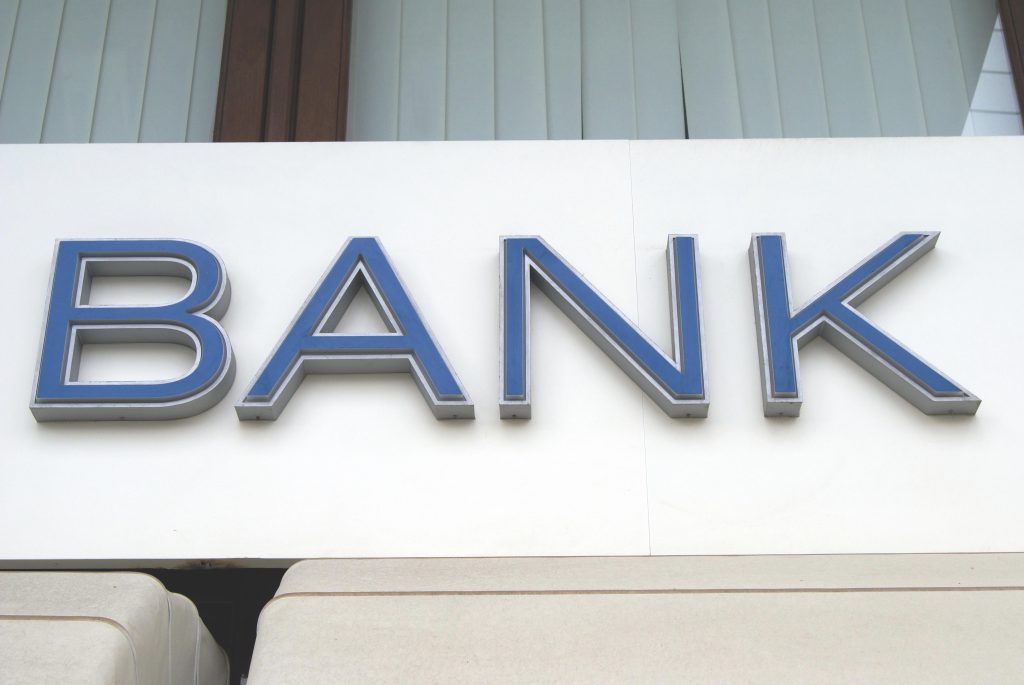
According to data collected by the OCC, around 1000 bank branches closed in 2024. This trend, accelerated by the COVID-19 Pandemic, can be attributed to many customers choosing online banking as opposed to visiting a branch in person. Many banks are cutting branches in an effort to cut costs and reinvest in new technology. But these closures have created an increase in banking deserts in many communities.
According to a report by the Philadelphia Federal Reserve, from 2019 to 2023, the total number of bank branches declined by 5.6 percent, while the number of Americans living in banking deserts grew by 760,000. Self Financial experts estimate that if this trend continues physical bank branches could cease operations by 2041. This could become a problem for older Americans who do most of their banking at branches. Here is what you need to know about 8 banks that are cutting branches.
Which Banks Are Cutting Branches?
- Bank of America: Leading the way with closures, Bank of America closed 132 branches last year in total.
- U.S. Bank: U.S. Bank closed 40 branches in 2024. Oregon was hit the hardest by U.S. Bank closing branches, with seven branches shutting their doors. All branches in Kentucky were also closed.
- Wells Fargo: Over 79 branches from several prominent banks have closed in 2024
- PNC: PNC closed more than 20 of its branches in 2024, according to regulator filings from the company. The closures come after the financial institution cut more than 200 locations in 2023.
- Citizens Bank: In 2024, Citizens Bank cut 15 branches across six states, including Massachusetts, Michigan, New Hampshire, Ohio, Pennsylvania, and Rhode Island.
- Fidelity Bank: Fidelity Bank closed 6 branches as of June 2024.
- Flagstar: In December 2024 alone, Flagstar Bank closed 7 branches.
- Chase: JP Morgan closed 28 Chase Bank branches in 2024.
Which States Will See The Most Branch Closures in 2025?

According to research conducted by Self, California has seen the highest level of bank closures of any state, with 1,080 branches now closed in the last 10 years. Florida comes in second with 1,056 closures and Illinois is third with 823 closures. While there is no clear way to tell which states will be impacted the most in the coming years, this data can give us some hints.
Impacts of Cryptocurrency Banking
While digital banking has had significant impacts on brick-and-mortar branches, cryptocurrency is changing the banking industry as well. Cryptocurrency is agile in ways that traditional banking isn’t. With cryptocurrency banking, customers can transfer and invest money efficiently, with fewer fees and cumbersome practices. Especially in areas that are underbanked, cryptocurrency serves as an alternative to traditional banking services. As more customers gravitate toward nontraditional banking like cryptocurrency, banks may continue to struggle to keep up.
The Future of Banking
Banks will continue to cut branches in the future and invest money in technology to improve efficiency, security, and the customer experience. Trends to watch out for in 2025 include an increase in automation and AI use, open banking to securely connect customers to third-party providers, and more advanced payment processing like contactless payments and mobile wallets. These technologies will take priority over keeping bank branches open.
Read More
- 10 Clever Ways to Say No When Someone Asks to Borrow Money
- 10 Hidden Gems in Georgia: Local Spots You Didn’t Know Existed

Teri Monroe started her career in communications working for local government and nonprofits. Today, she is a freelance finance and lifestyle writer and small business owner. In her spare time, she loves golfing with her husband, taking her dog Milo on long walks, and playing pickleball with friends.
